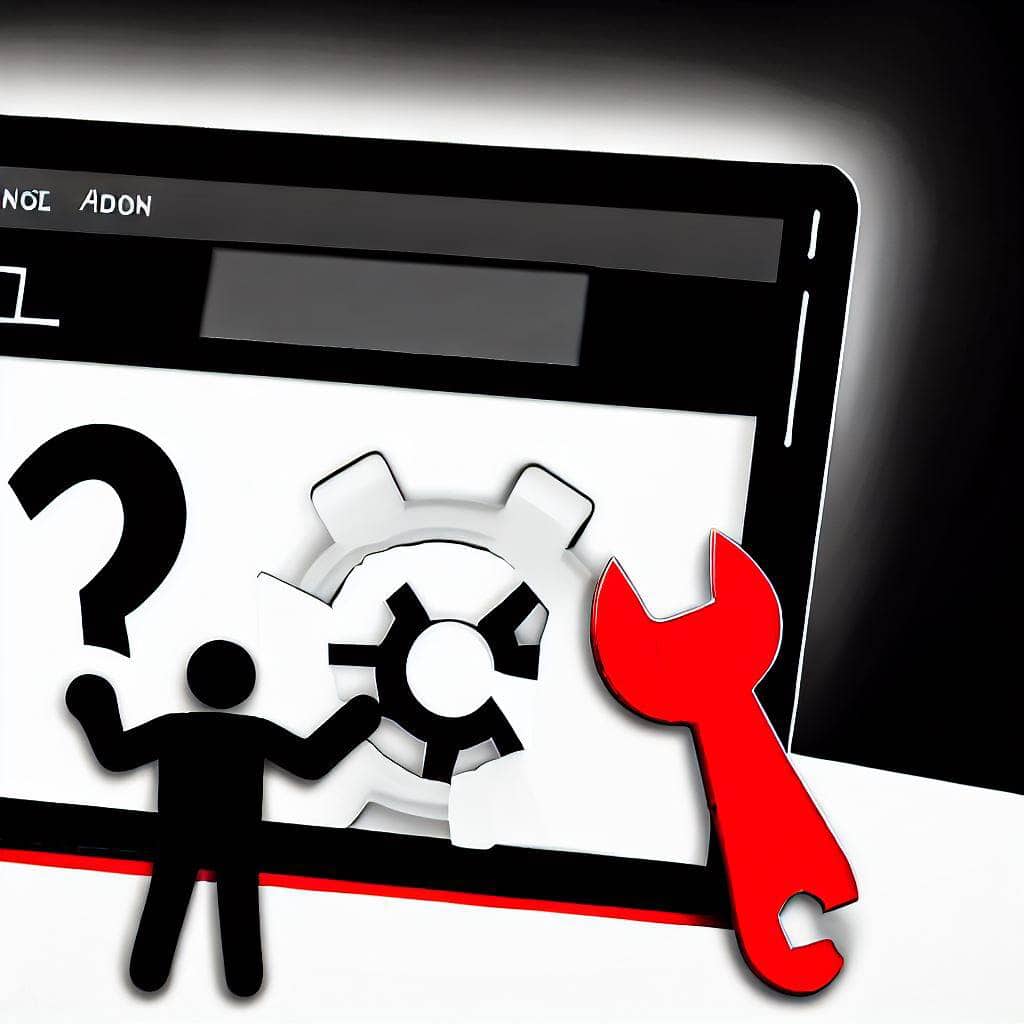Website Troubleshooting
Websites can encounter various issues that can negatively impact their functionality, accessibility, and user experience. Here are some common problems that can occur and the website troubleshooting process to address them:
- Server Downtime: If your website becomes inaccessible or shows error messages, it could be due to server downtime. This can be caused by issues with the hosting server, network problems, or maintenance activities. Troubleshooting involves contacting your hosting provider to identify and resolve the server-related issue.
- DNS Issues: Domain Name System (DNS) problems can prevent users from reaching your website. These issues may arise from misconfigured DNS settings, expired domain registration, or propagation delays. Troubleshooting involves verifying DNS configurations, checking domain registration status, and allowing sufficient time for DNS propagation.
- Website Errors: Error messages like 404 (Page Not Found) or 500 (Internal Server Error) can occur due to broken links, misconfigured server settings, or programming errors. Troubleshooting involves checking for broken links, reviewing server logs, and debugging the website’s code to identify and fix the underlying issue.
- Performance Problems: Slow loading times and poor website performance can lead to user frustration and abandonment. Factors contributing to this can include excessive resource usage, unoptimized code or images, or inadequate server resources. Troubleshooting involves analyzing website performance metrics, optimizing code and assets, and considering upgrading hosting resources if necessary.
- Security Breaches: Website security breaches, such as hacking attempts, malware infections, or data breaches, can compromise user information and damage your reputation. Troubleshooting involves scanning for malware, updating security plugins or software, strengthening passwords, and implementing security best practices to mitigate risks.
- Compatibility Issues: Websites may not display correctly or function as intended on different web browsers, devices, or operating systems. Troubleshooting involves testing the website across multiple platforms, identifying compatibility issues, and making necessary adjustments or implementing responsive design techniques.
- Content Management System (CMS) Problems: If you are using a CMS like WordPress, issues can arise from plugin conflicts, theme compatibility, or outdated software versions. Troubleshooting involves deactivating conflicting plugins, updating themes and plugins, and ensuring that the CMS is up to date.
The website troubleshooting process generally involves the following steps:
- Identify the Problem: Determine the specific issue impacting your website’s functionality or performance. Collect relevant information, such as error messages, server logs, or user reports, to narrow down the problem.
- Isolate the Cause: Analyze the potential causes of the issue by reviewing server settings, code, configurations, and external factors. Perform tests and experiments to identify the root cause.
- Implement Solutions: Once the cause is identified, apply appropriate solutions to resolve the issue. This may involve adjusting settings, updating software, fixing code errors, or seeking assistance from experts or support forums.
- Test and Verify: After implementing solutions, thoroughly test your website to ensure that the problem has been resolved. Validate all the affected features and functionalities to confirm that everything is functioning as intended.
- Monitor and Prevent: Continuously monitor your website’s performance, security, and functionality to identify any recurring or potential issues. Regularly update software, plugins, and themes, and implement security measures to prevent future problems.
It’s a good idea to maintain backups of your website regularly so that if any significant issues occur, you can restore your website to a previous working state.
Website troubleshooting can vary in complexity depending on the specific issue, and sometimes it may require technical expertise or assistance from professionals. If you encounter persistent or complex problems, reaching out to your hosting provider or seeking support from New Phase Marketing Intelligence can help resolve the issue efficiently.

